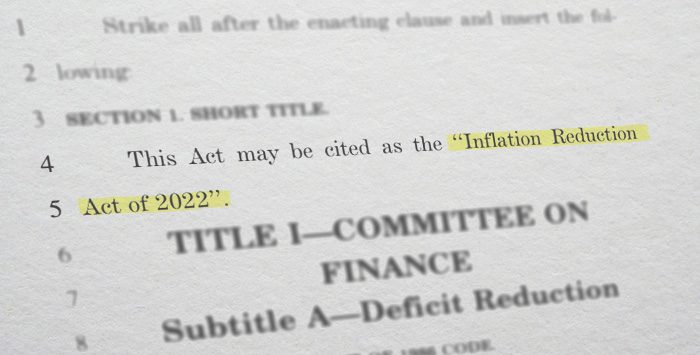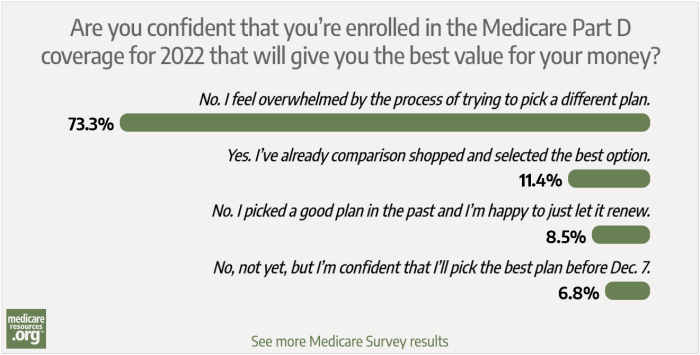The first opportunity for Medicare Part D enrollment is when you’re initially eligible for Medicare. For people who are aging into Medicare, this means during the seven-month period beginning three months before the month you turn 65.
If you enroll before the month you turn 65, your prescription drug coverage will begin the first of the month you turn 65. If you enroll during the month you turn 65 or one of the three following months, your prescription coverage effective date will be delayed – it will not be retroactive to the month you turned 65.
If you enrolled in Medicare due to a disability, you may enroll during a seven-month window beginning three months before your 25th month of disability. If you enroll in the three months before your 25th month of disability, your coverage will begin the first day of the 25th month (meaning the same month your Medicare coverage begins). If you enroll during the 25th, 26th, 27th, or 28th month of disability, your coverage will begin the first of the month after you enroll. (Note that the effective date rules are different if a person is enrolling in Medicare due to a diagnosis of ALS or end-stage renal disease.)
In both of these cases – whether you’re turning 65 or are eligible for Medicare because of a disability – you have the option of selecting a Medicare Advantage plan that includes prescription drug coverage, and using that in place of Medicare A, B, and D. The enrollment periods and rules are the same as those described above for stand-alone Medicare Part D plans.
After you’ve chosen from the various PDP offerings, you can enroll by:
- calling 1-800-MEDICARE to locate PDPs in your area
- logging in to Medicare’s Prescription Drug Plan Enrollment Center
- filling out the paperwork sent by mail from Medicare, or
- calling the private insurer with the specific PDP you want to join.
Once you apply for Medicare Part D, it can take a few weeks for your membership card to arrive. If your coverage effective date has already passed but you haven’t received your membership card, most pharmacies will accept the initial letter you received from Medicare acknowledging your upcoming membership, or an enrollment confirmation number.









